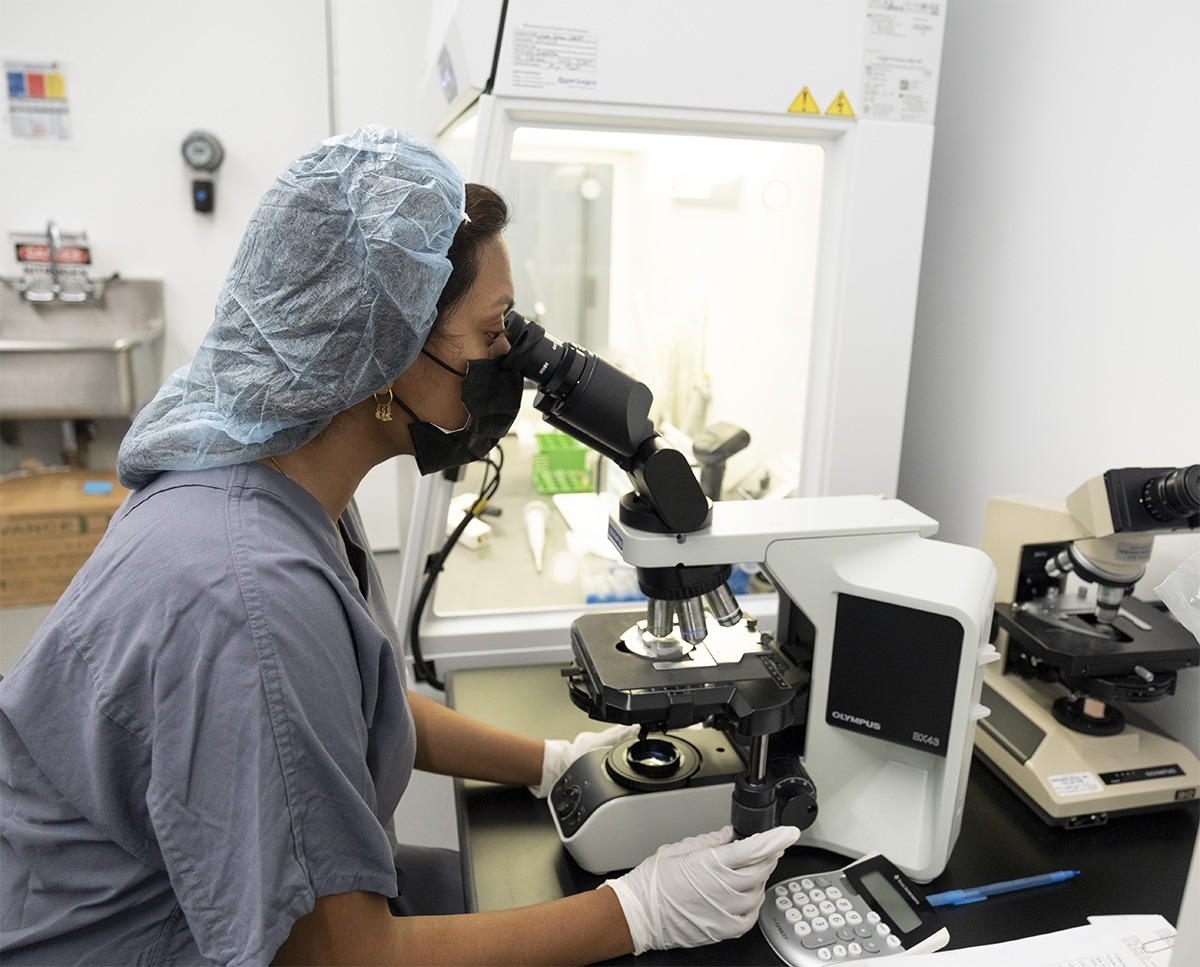Published Manuscripts
Tag: Gynecological Health
Single Euploid Embryo Transfer Outcomes after Uterine Septum Resection
Study Objective: To study pregnancy outcomes after single euploid embryo transfer (SEET) in patients who underwent prior uterine septum resection to those with uteri of normal contour, without M€ullerian anomalies or uterine abnormalities including polyps or fibroids, and without a history of prior uterine surgeries.
Design: Retrospective cohort study.
Setting: Single academic affiliated center.
Patients: 60 cycles of patients with prior hysteroscopic uterine septum resection who underwent an autologous SEET
between 2012 and 2020 were used as the investigational cohort. A 3:1 ratio propensity score matched control cohort of 180 single euploid embryo transfer cycles from patients without a history of uterine septa were used as the control group.Interventions: No interventions administered.
Measurements and Main Results: Pregnancy, clinical pregnancy loss, ongoing clinical pregnancy, and live birth rates in patients with a history of uterine septum resection compared with matched patients without M€ullerian anomalies or uterine surgeries.
Patients with a prior uterine septum had significantly lower rates of chemical pregnancy (58.33% vs 77.2%, p = .004), implantation (41.67% vs 65.6%, p = .001), and live birth (33.33% vs 57.8%, p = .001) per transfer. No statistical difference in clinical pregnancy loss rates was found when comparing septum patients with controls (8.33% vs 7.8%, p = .89).Conclusion: Patients with a history of hysteroscopic resection who undergo in vitro fertilization are more susceptible to suboptimal clinical outcomes compared with patients with normal uteri. Early pregnancy loss rates in patients with a uterine septum are higher than in those without; however, after resection, the rates are comparable. Patients born with septate uteri require assessment of surgical intervention prior to SEET, and to optimize their reproductive outcomes. Journal of Minimally Invasive Gynecology (2024) 00, 1−6. © 2024 AAGL. All rights reserved.
Read More
Assisted Reproductive Technology Treatment Outcomes in Women With Liver Disease
Lee JD, Gounko D, Lee JA, Mukherjee T, Kushner T. Am J Gastroenterol. 2023 Dec 1;118(12):2184-2190. …
Read MoreImproving preeclampsia risk prediction by modeling pregnancy trajectories from routinely collected electronic medical record data
Li S, Wang Z, Vieira LA, Zheutlin AB, Ru B, Schadt E, Wang P, Copperman AB, Stone JL, Gross SJ, Kao …
Read MoreOptimal Interval of Time from Operative Hysteroscopy to Embryo Transfer in an In Vitro Fertilization Cycle
Aharon, D., Sekhon, L., Lee, J. A., Ascher-Walsh, C., & Copperman, A. B. (2019). Journal of …
Read MoreThe effect of female body mass index on in vitro fertilization cycle outcomes: a multi-center analysis
Kudesia, R., Wu, H., Hunter Cohn, K., Tan, L., Lee, J. A., Copperman, A. B., & Yurttas Beim, P. …
Read MoreEmbryo aneuploidy is not impacted by selective serotonin reuptake inhibitor exposure
Carlos Hernandez-Nieto, M.D., Joseph Lee, B.A., Taraneh Nazem, M.D., Dmitry Gounko, M.A., Alan …
Read MoreGastrointestinal stromal tumor presenting as a right adnexal mass with histopathologic correlation
Etan Dayan, Hongfa Zhub, Alan B. Copperman, Sara Lewis, Amita Kamath. Gastrointestinal stromal …
Read MoreReproductive outcome is optimized when an embryo transfer is performed 1 to 3 months after cervical dilation
Jorge Rodriguez-Purata, MD; Robert Pacheco, BA; Lucky Sekhon, MD; Joseph A. Lee, BA; Lawrence …
Read MoreMedical versus surgical treatment for early pregnancy loss in infertile patients - Which approach facilitates more rapid return to subsequent treatment cycle?
Victoria Vallejo, Hilde I.G. Cotton, Joseph A. Lee, Enrique Cervantes, Benjamin Sandler M.D, Alan B …
Read More

